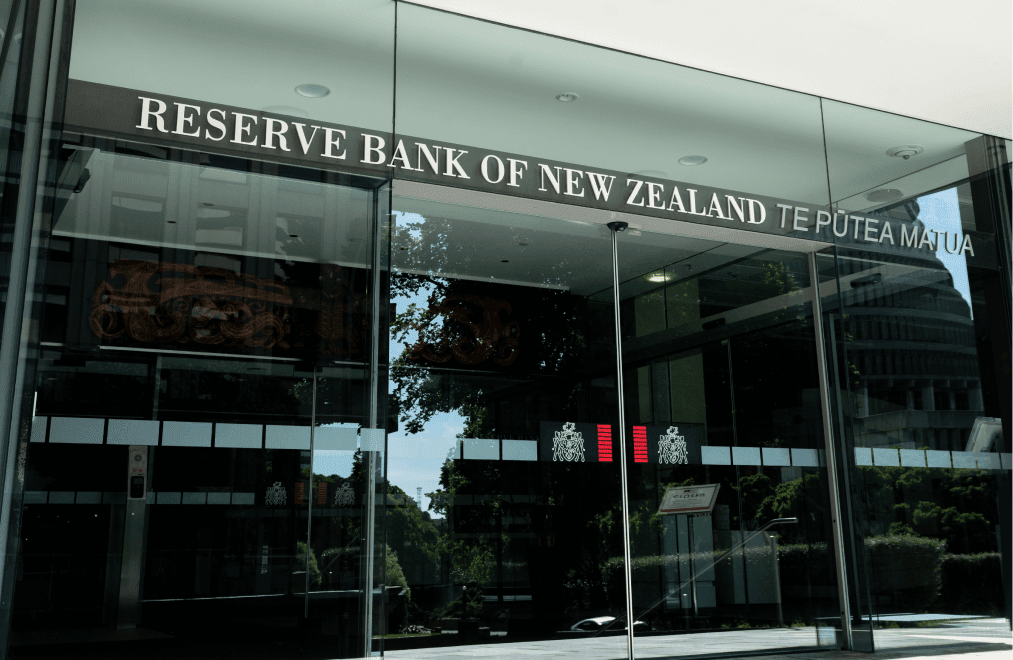Reserve Bank of New Zealand Preview: Rates expected to remain on hold as inflation fight continues
The Reserve Bank of New Zealand (RBNZ) meets on Wednesday, April 10, 2024. We preview what to expect from the meeting and its possible impact on the NZD/USD.
The price information and economic data in this article are sourced from Bloomberg
The Reserve Bank of New Zealand (RBNZ) meets on Wednesday, April 10, 2024. We preview what to expect from the meeting and its possible impact on the NZD/USD.
RBNZ battles challenging economic conditions
The RBNZ is expected to keep interest rates on hold at 5.5%. The central bank is balancing challenging economic conditions, with inflation remaining elevated despite slowing demand. According to New Zealand’s most recent CPI figures, inflation remains around 4.7%; however, that data is heavily backward-looking and applies to the December quarter of 2023. The latest batch of price data from New Zealand will be released on April 16, with economists forecasting headline CPI to moderate to 4.1% – above the RBNZ’s target band of 1% to 3%.
(Source: RBNZ)
New Zealand’s inflation remains stubbornly high, albeit in a downward trend, despite near recessionary conditions and softening in the labour market. While this complicates the RBNZ’s ability to judge future inflation and appropriate policy settings, last year's change to the central bank’s dual mandate to remove employment as a focus means it may “look through” signs of weakening demand. It also means that rates might remain higher for longer than they otherwise would; the first RBNZ cut is currently fully baked in for October.
(Source: Bloomberg)
Technical analysis: NZD/USD and AUD/USD
The technicals for the NZD/USD appear constructive in the short term. The pair will remain sensitive to US inflation data, the US Federal Reserve’s rate outlook, and broader risk sentiment. Price action has led to the carving out of a possible rounding bottom formation, with the daily RSI suggesting building upside momentum. 0.6050 represents a confluence of resistance levels, including the crucial 200-day moving average.
(Past performance is not a reliable indicator of future results)
While the NZD/USD will be more sensitive to the US Dollar and market sentiment, the AUD/NZD is a more pure monetary policy play. After February’s surprise “dovish pivot” from the RBNZ, the pair has surged to the top of its range. A daily RSI falling from the overbought territory and the break-down of an ascending wedge could indicate a looming trend reversal or potential pullback. A more hawkish than expected RBNZ could be the catalyst for such a move. A dovish central bank could lead to a range break.
(Past performance is not a reliable indicator of future results)
The price information and economic data in this article are sourced from Bloomberg